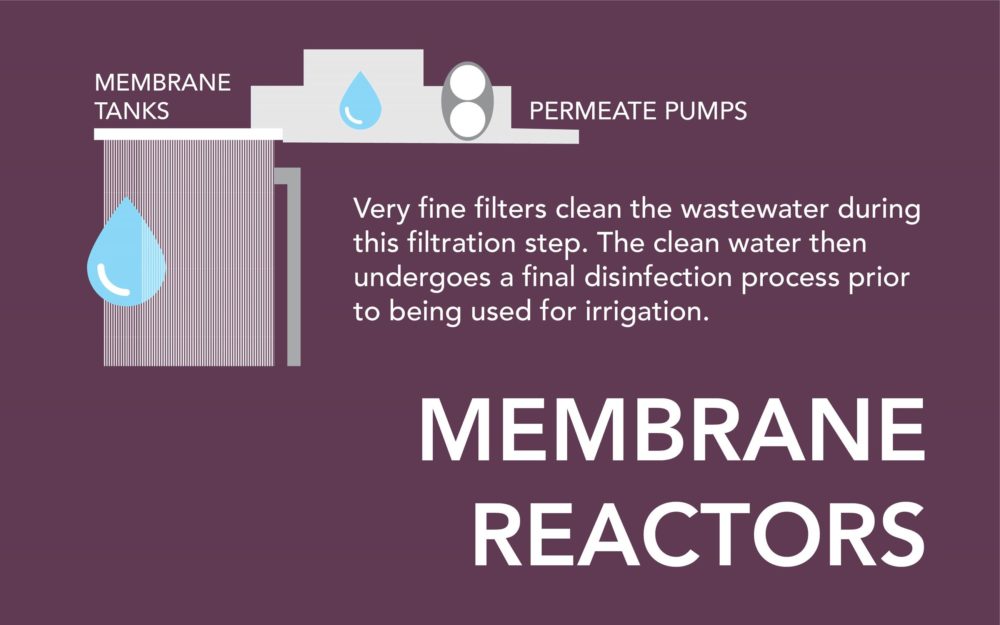The city founded to fight a sewer, finally gets its own sewer.
Malibu was originally incorporated in 1991 in order to fight construction of an LACSD sewage treatment plant in the area. The residents succeeded in the 1990s and no sewage treatment plant was built and the city was incorporated. However, in 2009 the Regional Water Board ordered the city to build a treatment facility in the main business district in order to put an end to environmental pollution from septic tanks.
Construction of Malibu’s water resource recovery facility (WRRF) started in 2016 and can handle up to 500K gpd of wastewater and is expected to produce about 125k of recycled water. The facility cost $25M for design and construction and the entire sewer project with treatment plant, pump stations and sewer lines is expected to cost $60M.
“I think this recycled water future is visionary and that’s what we’ve come to expect from the City of Malibu,” said State Senator Henry Stern, later adding that the sewer would “not make Malibu a new home of giant development and mega-infrastructure, but smart infrastructure, that actually works for this community, that’s right size for us, that allows our civic center to thrive, that allows our businesses to keep thriving.”
“For all the ‘Fight Sewers’ purists out there, and I don’t know if you’re out there: I’m one of you, and we’re all one of you,” said Malibu Mayor Rick Mullen. “We’re staying true to the founders’ vision for Malibu and this system, and this facility, does support the original vision, which includes keeping the water clean, recycling that water for local use right here in Malibu.”
Continue reading about Malibu’s ribbon cutting of the new WRRF
City of Malibu’s project info page

The Malibu system uses a membrane bioreactor to produce clean effluent.